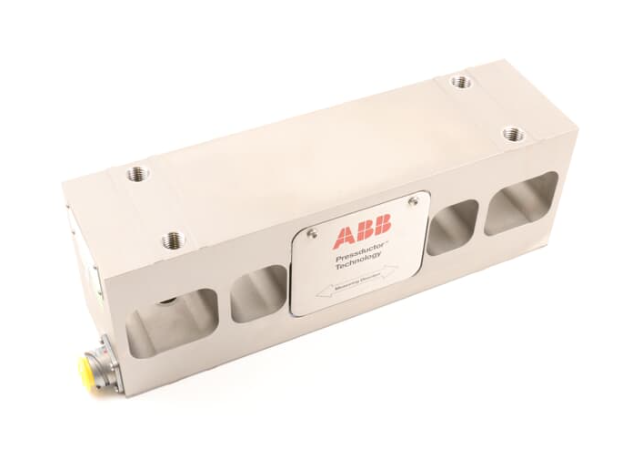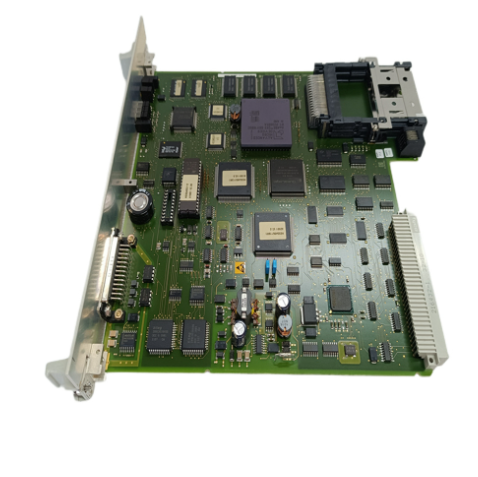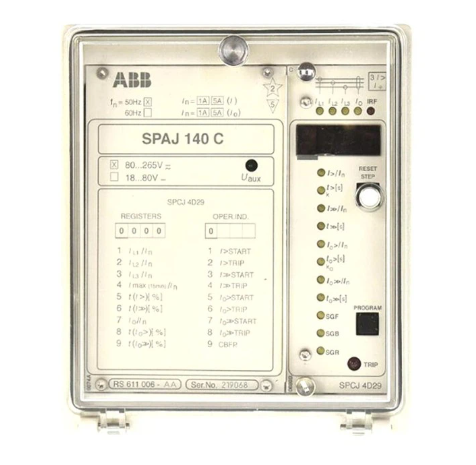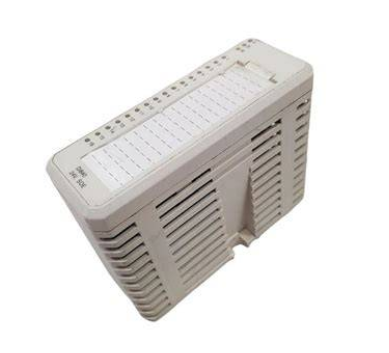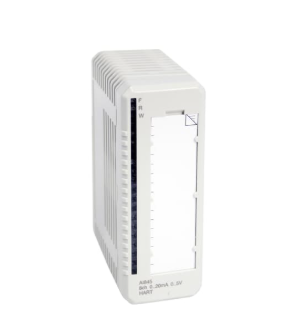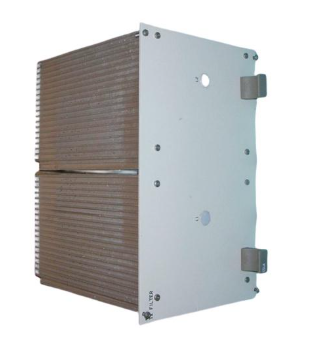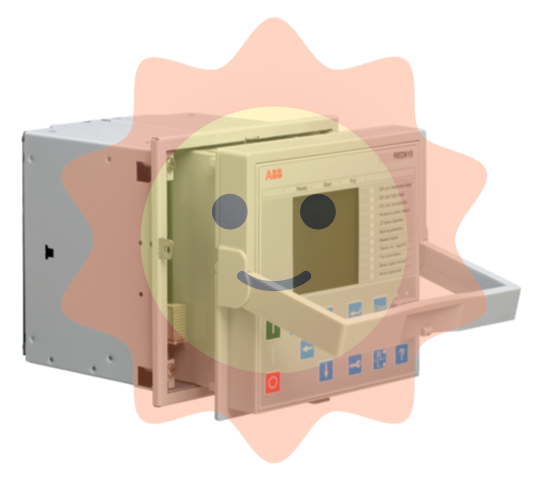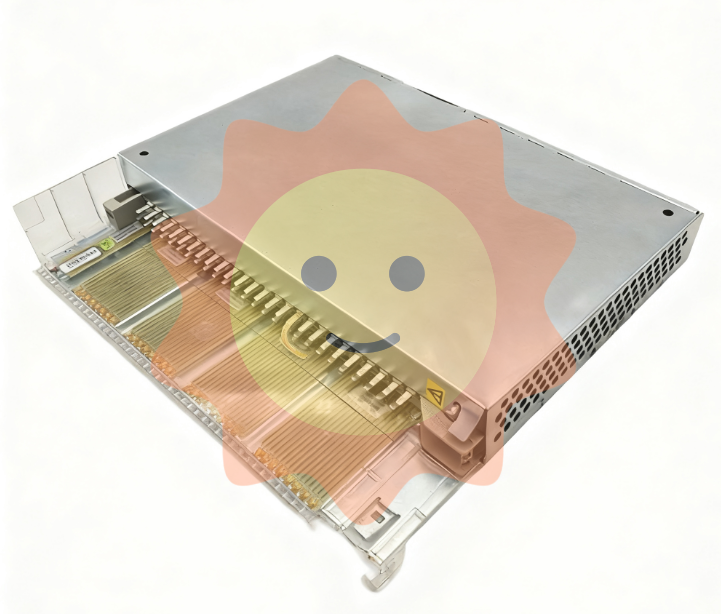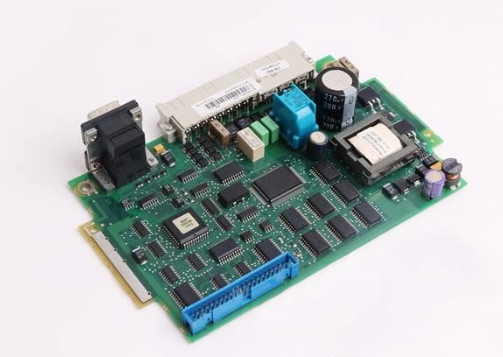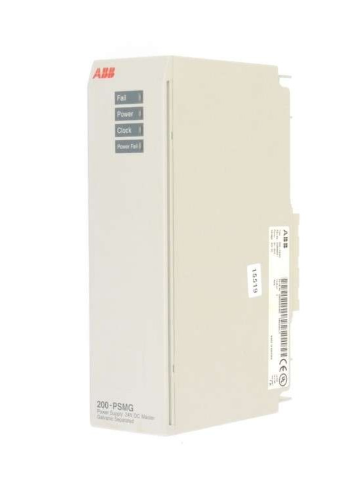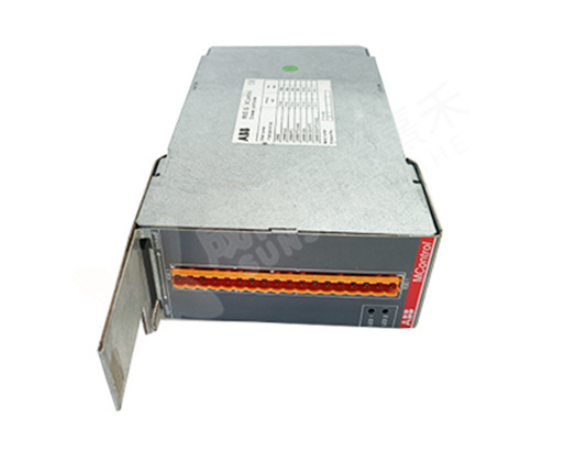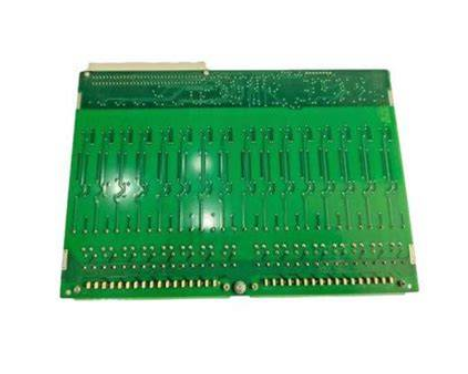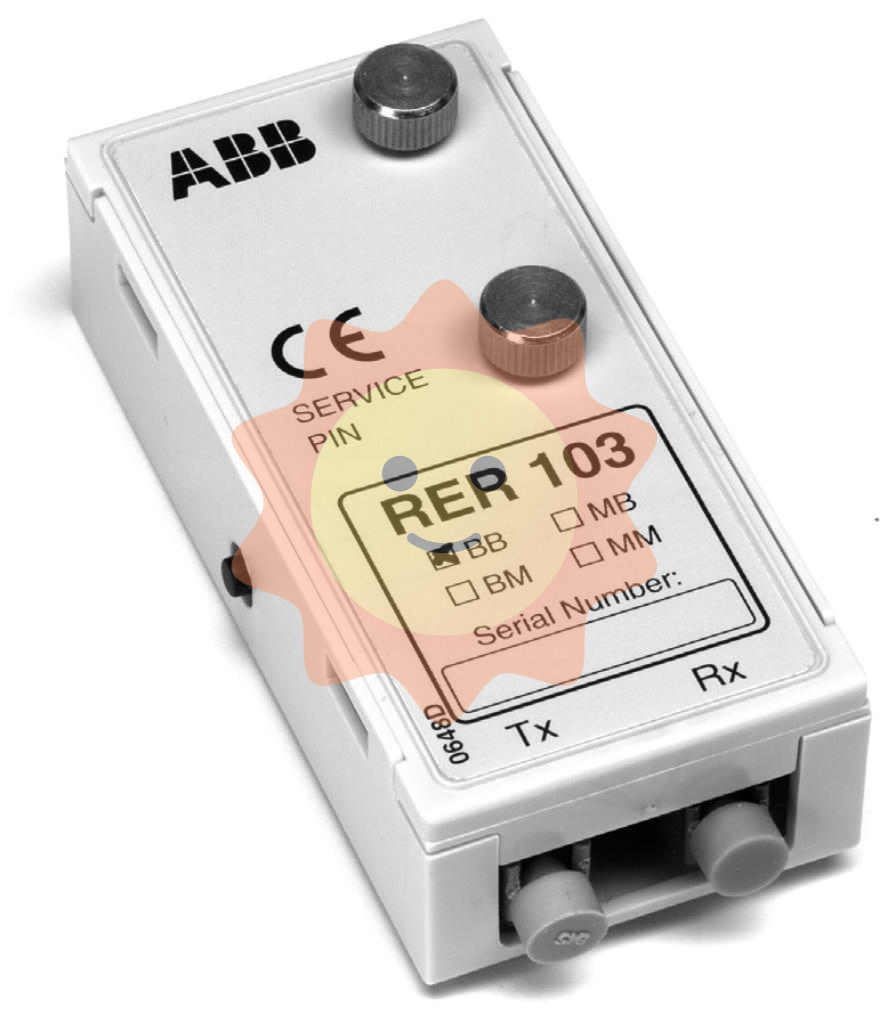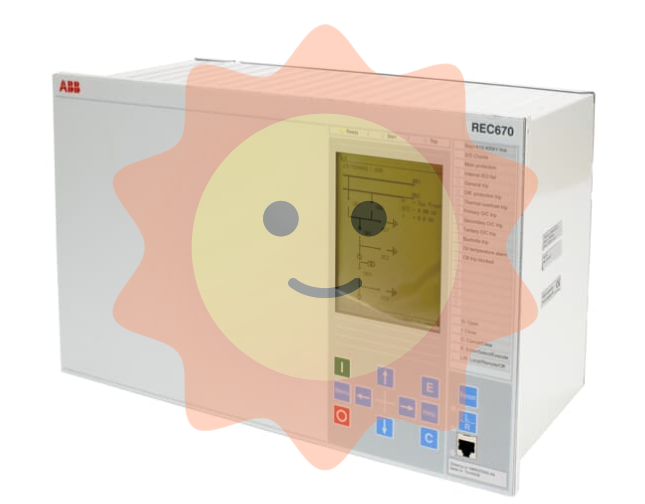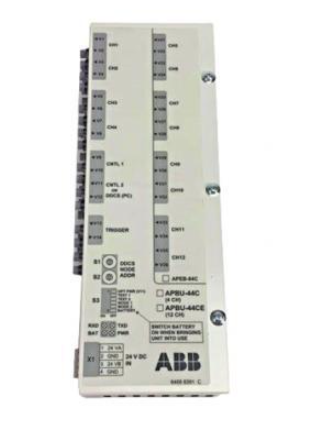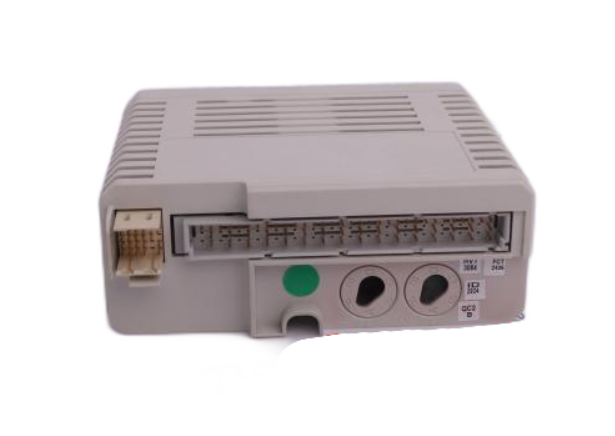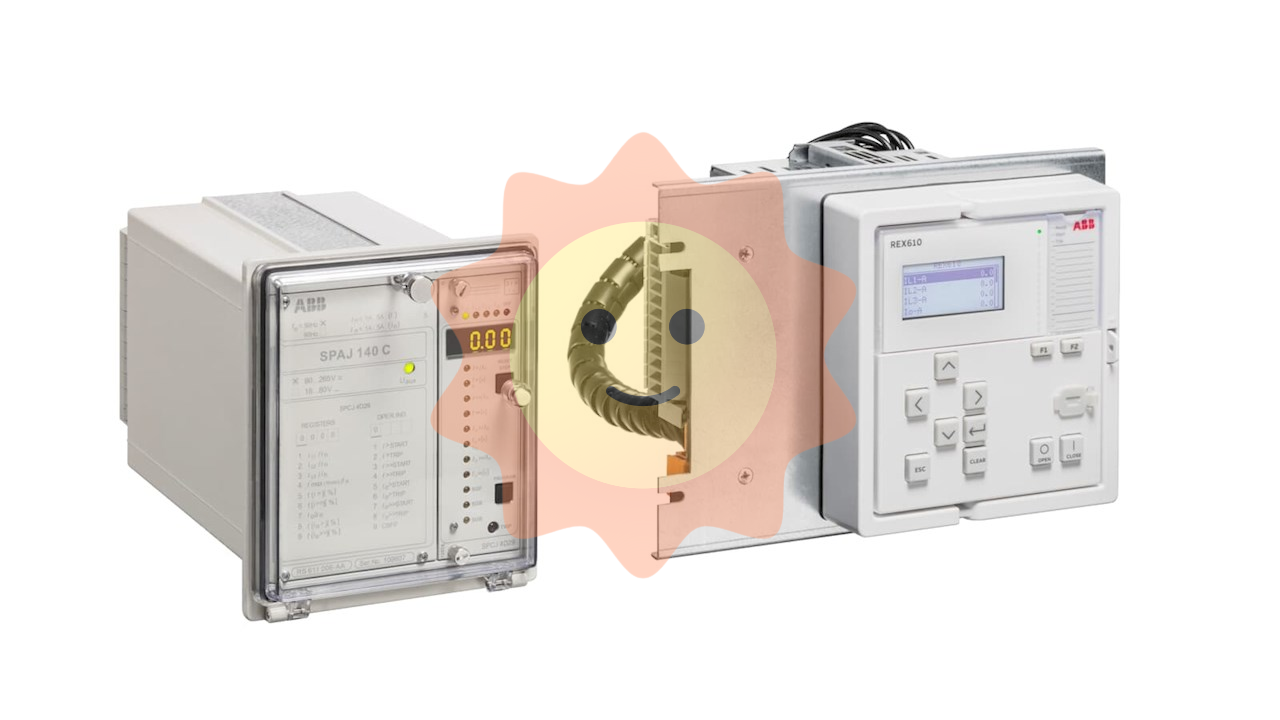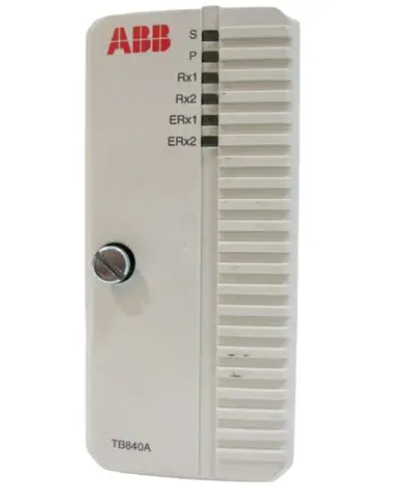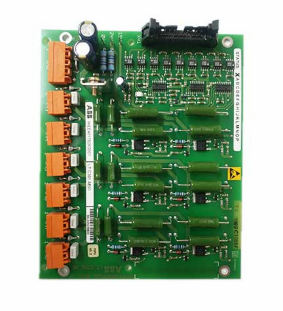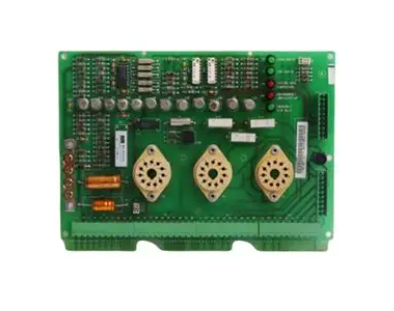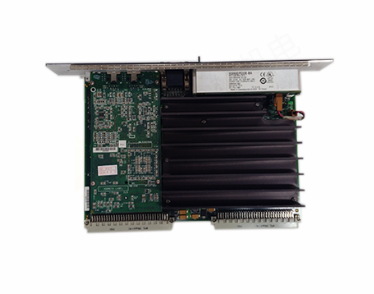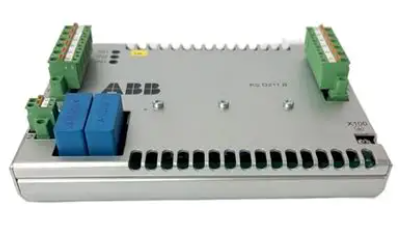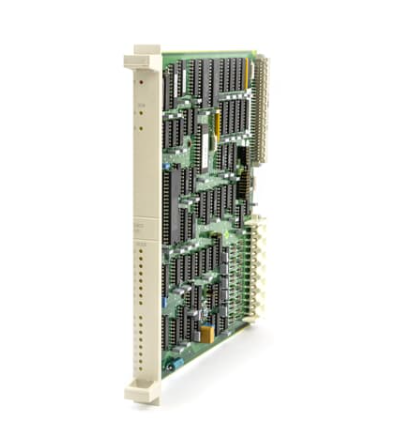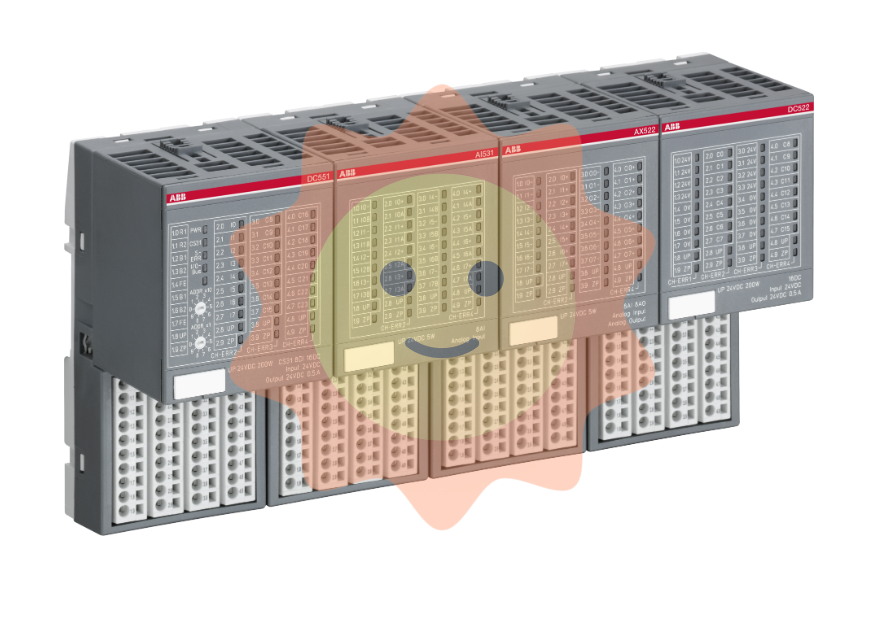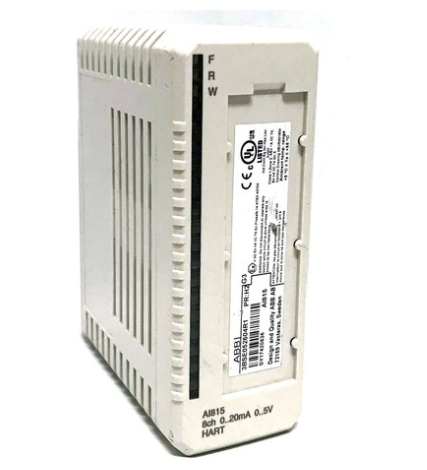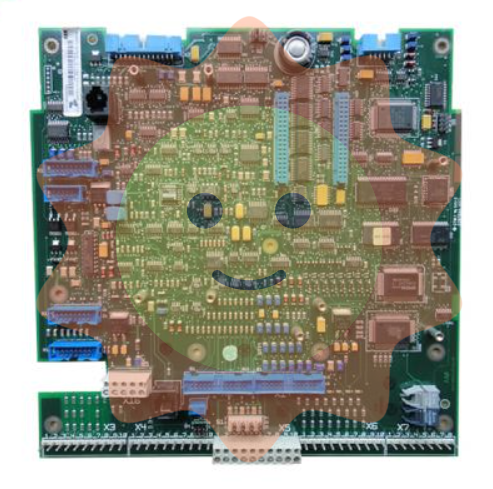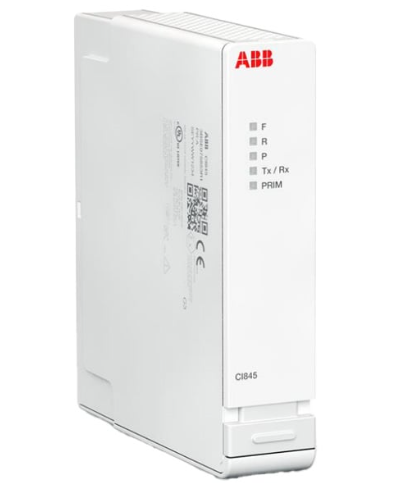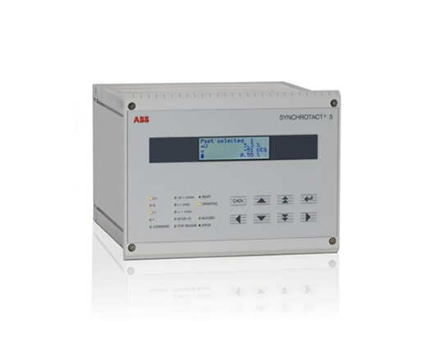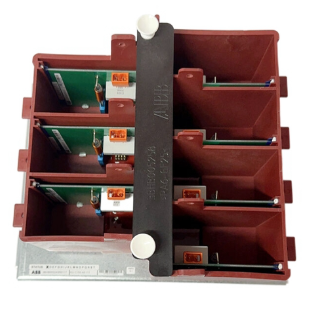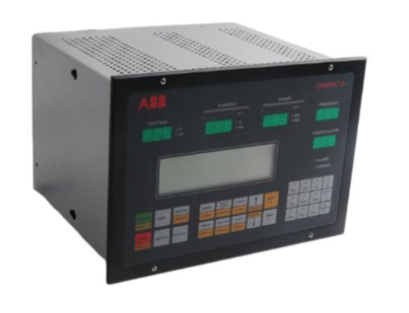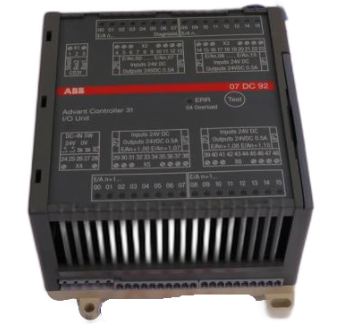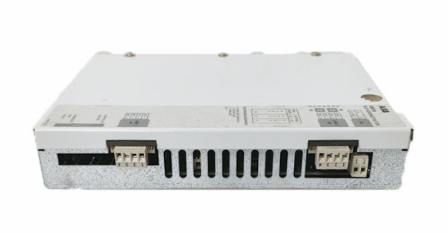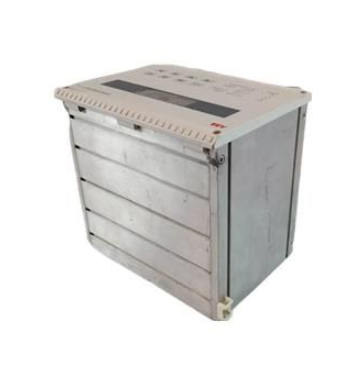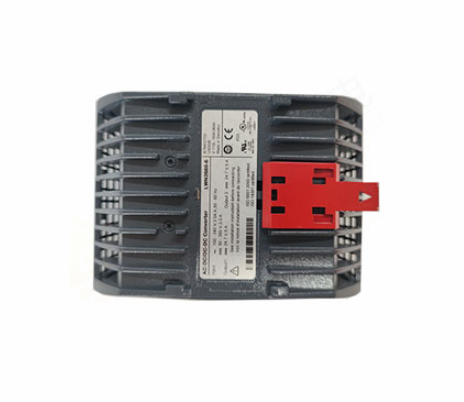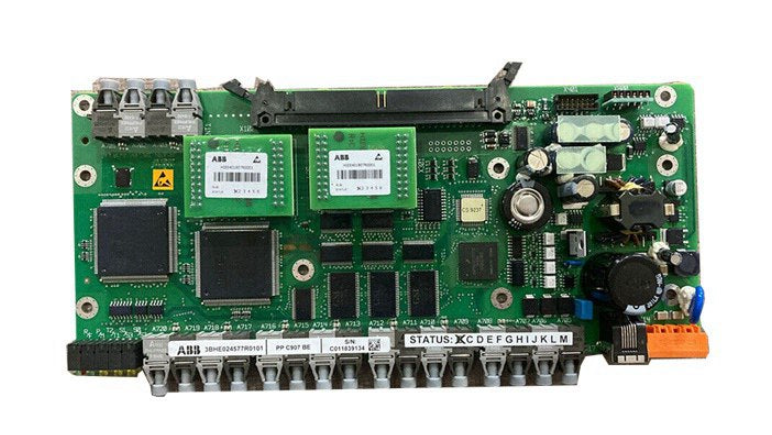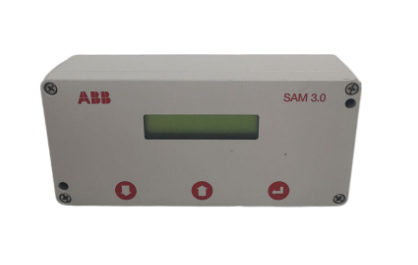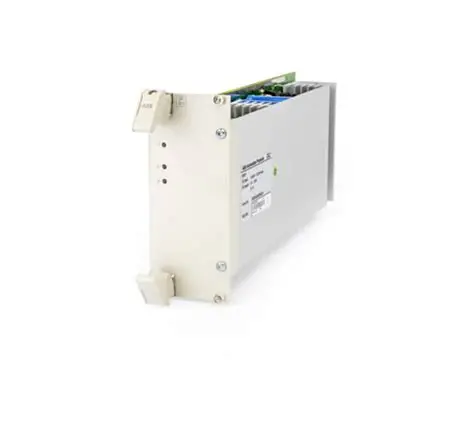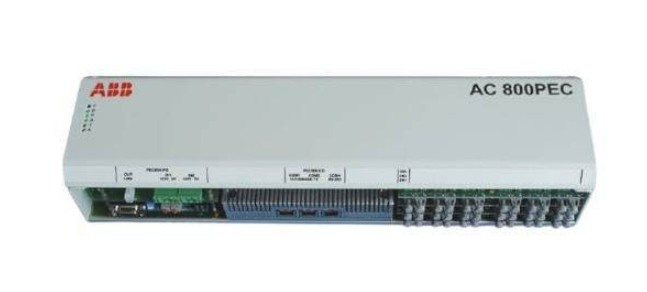OMS: The core of the retail e-commerce system
Similar to message delivery, the returned information details need to be retained. Some of the returned information needs to be parsed and saved in a relational database for statistical query and display.
3. Order distribution coordination
The rules and policies apply when sending and uploading information.
With the outbreak of services, the number of units increases very fast. Therefore, some rules should be configured in the OMS system to speed up data flow, speed up system response, and give users a better representation.
At the same time, there are a lot of states some of which are internal to the warehouse, some of which are business systems, which need to be set up during order processing, which need to be selectively shielded and converted.
4. Order number generation, pulling and dismantling
These services are familiar to everyone, and the single number product is to rely on defined rules to generate a single number that cannot be repeated, which is provided to the front-end shopping process or the background business system call.
At the same time, the rule of the single number will also be associated with the sub-library and sub-table service, so the rule of the single number is very important, it must meet the outbreak of a single amount of growth, can not be repeated, you can save and query order data of different dimensions through the single number.
The pull order is to pull the invoices generated by front-end users to the back-end production database, which is the source of sales order data. For the pull order, you can view the OMS| Order pull previously summarized. The description is not repeated here.

5. Invoice service
Now the paper invoice is less and less, the invoicing information of the electronic invoice does not need to be synchronized to the WMS system, but the calculation of the invoice amount is essential, and needs to be synchronized to the electronic invoice tax platform.
Invoicing services are also required to calculate some after-sale reissues, reissues involved in returns, etc. - although these are closely related to finance, they are inseparable from the OMS system, so they should be part of the OMS.
6. Status update and template
The status of the order is constantly changing according to the fulfillment process, there are changes in the upstream system, there are updates in the WMS system. The whole-process tracking of orders is the statistics and analysis based on the flow of states, and the business department will make improvements according to the life cycle of orders. Status change not only involves logical processing of other business processes, but also requires message notification, such as SMS, email, or wechat.
In the basic service layer of the retail e-commerce system, there is a corresponding gateway to interconnect with the SP. However, the interaction with the user needs to pay attention to the copy and format. Therefore, the template configuration needs to be set in advance so that the OMS can be invoked.
As long as it is related to the user, then we should pay attention to the user experience, not missing or multiple, nor disorderly, to set the relevant rules.
7. Running Water
Here I divide the incoming and outgoing warehouse flow into the OMS system, because it receives all the warehousing operation data, as long as there is an incoming and outgoing warehouse, it involves the increase or decrease of inventory; However, the API interface provided by WMS or the returned data may not distinguish the bill type, which needs to be reprocessed by the upstream system. This problem was needed several years ago when the inventory was checked with the LSCM "warehouse docking platform".
Although the WMS has document types, after LSCM, there are only two major types: outgoing and incoming. The specific information needs to be parsed according to XML packets and reprocessed by the upstream system.
Pipelining is also the basis for the interaction between SCM and the financial system. The financial department calculates the financial cost and generates related statements according to the input and exit process and inventory.
So if you are in charge of OMS, you need to pay attention to this part, some WMS is carried out in the form of adjustment orders, and the documents need to be generated upstream.

8. Inventory
In the retail e-commerce system, inventory is generally divided into three parts, internal ERP, WMS and finance. It has been said before that WMS comes first, ERP is increased or decreased by OMS according to the incoming and outgoing warehouse documents, and finance is generated again according to the incoming and outgoing warehouse flow of OMS.
Therefore, reconciliation is necessary, WMS and ERP work in real time, inventory changes in real time, and there will be time differences, and finance is generated according to the current flow, so there can be accurate ending inventory.
Contact with several WMS systems are through the snapshot backup of the end inventory, if the WMS system is not, need to be developed, as long as there is a pen of data can be calculated the end inventory.
However, when the number of SKUs and the amount of documents is very, very large, the calculation needs time, and the system design needs to be divided into warehouses, categories and other distributed calculation, of course, I only propose here; In the actual production system, we have encountered at most hundreds of thousands of single, hundreds of thousands of SKU scenes a day, and Jingdong and other platforms such as this design is certainly not satisfied, interested students can consider, you can exchange private messages.
- EMERSON
- Honeywell
- CTI
- Rolls-Royce
- General Electric
- Woodward
- Yaskawa
- xYCOM
- Motorola
- Siemens
- Rockwell
- ABB
- B&R
- HIMA
- Construction site
- electricity
- Automobile market
- PLC
- DCS
- Motor drivers
- VSD
- Implications
- cement
- CO2
- CEM
- methane
- Artificial intelligence
- Titanic
- Solar energy
- Hydrogen fuel cell
- Hydrogen and fuel cells
- Hydrogen and oxygen fuel cells
- tyre
- Chemical fiber
- dynamo
- corpuscle
- Pulp and paper
- printing
- fossil
- FANUC
- Food and beverage
- Life science
- Sewage treatment
- Personal care
- electricity
- boats
- infrastructure
- Automobile industry
- metallurgy
- Nuclear power generation
- Geothermal power generation
- Water and wastewater
- Infrastructure construction
- Mine hazard
- steel
- papermaking
- Natural gas industry
- Infrastructure construction
- Power and energy
- Rubber and plastic
- Renewable energy
- pharmacy
- mining
- Plastic industry
- Schneider
- Kongsberg
- NI
- Wind energy
- International petroleum
- International new energy network
- gas
- WATLOW
- ProSoft
- SEW
- wind
- ADVANCED
- Reliance
- YOKOGAWA
- TRICONEX
- FOXBORO
- METSO
- MAN
- Advantest
- ADVANCED
- ALSTOM
- Control Wave
- AB
- AMAT
- STUDER
- KONGSBERG
- MOTOROLA
- DANAHER MOTION
- Bently
- Galil
- EATON
- MOLEX
- Triconex
- DEIF
- B&W
- ZYGO
- Aerotech
- DANFOSS
- KOLLMORGEN
- Beijer
- Endress+Hauser
- MOOG
- KB
- Moxa
- Rexroth


Email:wang@kongjiangauto.com


